7 Tips for Life Science Translations: Achieving Accuracy and Precision
CLEAR WORDS
TRANSLATIONS
All News
Mai 29, 2023 | Uncategorized
7 Tips for Life Science Translations: Achieving Accuracy and Precision
Life science translation plays a crucial role in bridging language barriers within the global scientific community. Accurate and precise translations are essential to ensure that scientific information is effectively communicated across different languages and cultures. In this article, we will provide you with seven valuable tips to enhance your life science translations, enabling you to deliver high-quality and culturally appropriate content. Clear Words Translations, a leading translation and localization agency, is committed to helping you excel in life science translation projects.
1 – Acquire In-Depth Subject Matter Knowledge:
To produce accurate translations in life science, it is vital to possess a comprehensive understanding of the subject matter. Familiarize yourself with the terminology, concepts, and specific jargon used in life science disciplines. Stay updated on the latest advancements and research to ensure accurate interpretation of scientific content.
2 – Build a Multidisciplinary Team of Translators:
Life science is a vast field that encompasses various disciplines such as biotechnology, genetics, pharmacology, and more. Assemble a team of translators with expertise in different areas of life science. This approach ensures that the translation accurately reflects the nuances and complexities of the original text, while also considering cultural nuances.
3 – Prioritize Terminology Consistency:
Consistency in terminology is crucial in life science translation. Develop a glossary of key terms and their preferred translations to maintain consistency across all translated materials. This glossary should be regularly updated and shared with the translation team to ensure accuracy and uniformity in terminology usage.
4 – Utilize Translation Memory Tools and CAT Tools:
Translation memory (TM) tools and Computer-Assisted Translation (CAT) tools are invaluable assets for life science translation projects. These tools store previously translated segments, allowing translators to reuse them for future projects. TM and CAT tools improve efficiency, ensure consistency, and save time and effort, especially when dealing with repetitive content or updates to existing materials. Additionally, CAT tools offer features such as terminology management, quality assurance checks, and collaborative workflow, further enhancing the translation process. Leveraging these tools not only increases productivity but also maintains accuracy and consistency throughout the translation project.
5 – Collaborate with Life Science Professionals:
Establish a close collaboration with subject matter experts, such as scientists, researchers, or medical professionals. Their expertise can provide valuable insights, clarify ambiguous content, and help ensure the accuracy and integrity of your translations. Engaging in dialogue with experts also helps maintain a strong understanding of the context and purpose of the scientific content.
6 – Adhere to Regulatory Guidelines:
Life science translations often involve regulatory documents, clinical trial materials, and safety information that must comply with strict guidelines. Familiarize yourself with the regulatory requirements of the target market and ensure that your translations meet these standards. Precision and accuracy are crucial when translating information related to drug development, clinical trials, patient safety, and regulatory compliance.
7 – Consider Cultural and Linguistic Nuances:
Life science translations require careful consideration of cultural and linguistic nuances. Different regions may have specific preferences for scientific terminology or require adaptations to ensure cultural appropriateness. Localize your translations by understanding the target audience and tailoring the content accordingly, while maintaining scientific accuracy.
Life science translation demands precision, accuracy, and a deep understanding of scientific concepts. By following these seven tips, you can enhance the quality of your life science translations and ensure that scientific knowledge is effectively disseminated across linguistic barriers. Clear Words Translations is committed to providing exceptional translation and localization services for life science content, enabling you to reach a global audience while maintaining accuracy, cultural sensitivity, and regulatory compliance.










